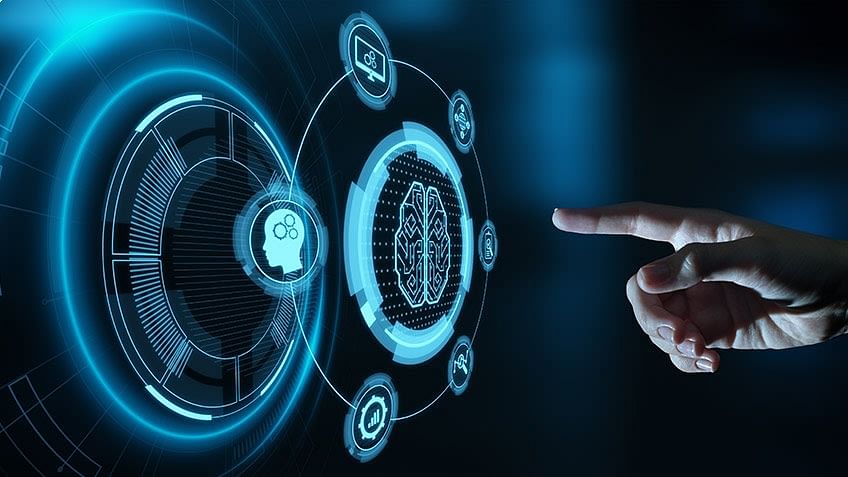Deep Learning: Unleashing the Power of Neural Networks

Deep learning has emerged as a revolutionary field within machine learning, enabling computers to learn and perform complex tasks with human-like intelligence. At the heart of deep learning are neural networks, sophisticated algorithms inspired by the structure and functioning of the human brain. In this blog, we will dive into the world of deep learning, exploring neural networks, convolutional neural networks (CNNs), and recurrent neural networks (RNNs), shedding light on their inner workings, training processes, and real-world applications.
Understanding Neural Networks:
Neural networks are the foundation of deep learning. These interconnected networks of artificial neurons mimic the behavior of biological neurons, receiving input, applying transformations, and producing output. The blog will delve into the architecture of neural networks, discussing the role of input layers, hidden layers, and output layers, along with activation functions that introduce non-linearity. Additionally, it will explore popular network topologies, such as feedforward neural networks and more advanced architectures like deep neural networks.
Deep Dive into Convolutional Neural Networks (CNNs):
Convolutional Neural Networks (CNNs) are a specialized type of neural network designed for processing structured grid-like data, such as images and videos. This section will explore the unique characteristics of CNNs, including convolutional layers that extract local patterns, pooling layers that downsample the data, and fully connected layers that perform the final classification. It will cover the principles of parameter sharing and spatial invariance that make CNNs efficient for image-related tasks. Moreover, it will discuss popular CNN architectures like LeNet-5, AlexNet, VGGNet, and ResNet, highlighting their applications in image classification, object detection, and image segmentation.
Exploring Recurrent Neural Networks (RNNs):
Recurrent Neural Networks (RNNs) are neural networks designed to handle sequential data, such as time series, text, and speech. This section will explain the fundamental components of RNNs, such as recurrent connections and hidden states, enabling them to capture dependencies and temporal information. Moreover, it will discuss variants of RNNs, such as Long Short-Term Memory (LSTM) and Gated Recurrent Unit (GRU), which overcome the vanishing gradient problem and improve the modeling of long-term dependencies. Real-world applications of RNNs, including language modeling, machine translation, sentiment analysis, and speech recognition, will be showcased.
Training and Optimization in Deep Learning:
Training deep neural networks involves optimizing their parameters to minimize a defined loss function. This section will cover the challenges and techniques for training deep learning models, including backpropagation, gradient descent, and optimization algorithms like Adam and RMSprop. It will explore the impact of hyperparameters and the importance of regularization techniques such as dropout and weight decay. Additionally, topics like batch normalization and transfer learning will be discussed to improve model generalization and performance.
State-of-the-Art Applications:
Deep learning has witnessed remarkable breakthroughs across various domains. This section will delve into cutting-edge applications powered by deep learning, including image recognition, autonomous driving, natural language processing, and healthcare. It will showcase how deep learning algorithms have achieved state-of-the-art performance in tasks like image classification, object detection, machine translation, sentiment analysis, and medical image analysis. These examples will illustrate the immense potential of deep learning in transforming industries and solving complex problems.
Future Directions and Challenges:
As deep learning continues to evolve, researchers are exploring new avenues and addressing challenges. This section will discuss emerging trends in deep learning, such as generative models like Generative Adversarial Networks (GANs) and Variational Autoencoders (VAEs). It will also touch upon challenges such as interpretability and fairness in deep learning algorithms and the ongoing research efforts to address them.
Conclusion:
Deep learning has revolutionized the field of artificial intelligence, empowering machines with the ability to learn and make decisions. Neural networks, including CNNs and RNNs, lie at the core of deep learning algorithms and have enabled breakthroughs in computer vision, natural language processing, and many other domains. By understanding the inner workings of neural networks, convolutional neural networks, and recurrent neural networks, we can appreciate the power of deep learning and its impact on our world. As researchers and practitioners continue to push the boundaries of deep learning, we can expect even more remarkable advancements in the future.